Updated Comments: August 2017 publication in EHJ shows very high HDL predicts an increased mortality risk (see more details below…) As shown in older studies (AIM-HIGH & HPS2-THRIVE), HDL-C increase alone cannot be associated to cardiovascular benefits, especially when LDL-C is very low. HDL-C remains a marker to assess cardiovascular risk but not a Risk Factor: meaning that raising HDL-C is not proven to provide benefit. A recent data analysis published on August 2017 in the European Heart Journal by Madsen et al. (Eur Heart J 2017;38:2478–2486) referring to the Copenhagen City Heart Study and the Copenhagen General Population Study has shown that the presence of an extremely high concentration of HDL cholesterol is predictive of an increase in all-cause mortality in both men and women. This analysis included 52.268 men and 64.240 women and shows a U-shaped relationship between HDL cholesterol concentration and mortality, with an increased risk observed at both low levels and very high levels of HDL cholesterol. The lowest mortality was observed with HDL cholesterol levels of 73.5mg/dL (1.9 mmol/L) in men and 92.8mg/dL (2.4 mmol/L) in women. Complexity of HDL-C functions does not allow simplifications such as to determine CV Benefit just from HDL-C concentration (eg: mg/dL) modifications. Number and size of HDL-C particles, concentration of Apo-A1, and the actual Reverse Cholesterol Efflux need to be considered. More trials are underway to finally conclude on this matter. LDL-C remains the primary treatment target (recent guidelines also mention non-HDL and Apo-B as secondary targets). DISCLAIMER: This educational video was not developed nor is it copyrighted by this Channel.
![You are currently viewing HDL & Reverse Cholesterol Transport [HD]](https://videos.drmaheshkumar.com/wp-content/uploads/2021/05/HDL-Reverse-Cholesterol-Transport-HD.jpg)
HDL & Reverse Cholesterol Transport [HD]
- Post author:
- Post published:May 24, 2021
- Post category:Uncategorized
- Post comments:0 Comments
You Might Also Like
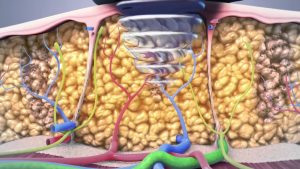
non surgical lipo animation

How To: Close-Grip Barbell Bench Press

Soaps, Shampoo, Lotions Video – 2

Weiler Medical Minute: Gynecomastia (Man Boobs)
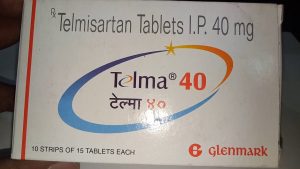
Telma 40mg Tablet : Uses, Price, Side Effects, Composition in hindi
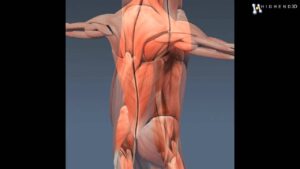
Human Male and Female Complete Anatomy – Body, Muscles, Skeleton, Internal Organs and Lymphatic 3D M

Side Crunch With Weight-5

10 Best Pre & Post Workout Meals / Snacks

Physiotherapy in Obstetrics Video – 12
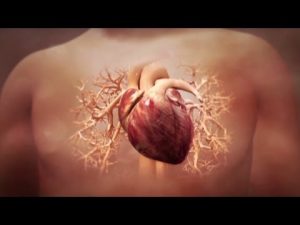
Can heart attack damage be reversed?

Drink One Glass Of Beet Juice Daily And This Will Happen To Your Body
Anabolic Steroids – History, Definition, Use & Abuse

Obesity & Your BMI | Obesity
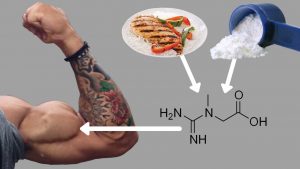
Creatine: How to Best Use It for Muscle Growth (Avoid Side Effects)!

Lentil and Vegetable Fat Burning Soup – Easy Recipe for your Weight Loss Diets

Overhead Press Dumbbells-9
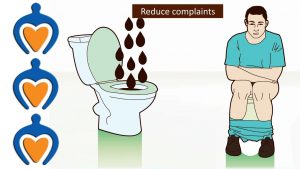
What to know about diarrhea?

Fat Loss, Weight Loss Video – 9

How many eggs should I eat a day – For Men and Women – BeerBiceps Diet

3 Effective Natural HOME REMEDIES TO REDUCE OBESITY (Excessive Body Fat)

How do scars form? – Sarthak Sinha
Shrugs-5

HUGE Weight Gain of 70 LBS – Before & After
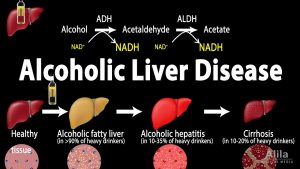
Alcoholic Liver Disease, Animation
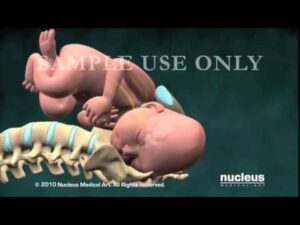
Gynecological Surgeries Video – 2
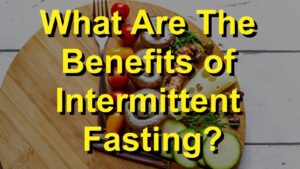
Intermittent Fasting & Fasting Video – 2

Reiki Naturopathy Video – 3

Liver Function Tests – What You Need to be Aware of

How Exercise Rewires Your Brain


Get Pregnant Fast with Unexplained Infertility

What Is A Mineral?
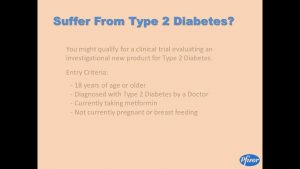
Study 2 – Type 2 Diabetes with Metformin

Bodybuilding Video – 5

Top 10 Best Vitamin B-Complex Supplements

6 Signs the Weight Gain is Hormonal with Dr. Rob

How to retract and protract your scapula

Surgery Books Video – 3

Strength & Power Training

Bodyweight Tricep Bench Dips

BMI Quicky Tape

